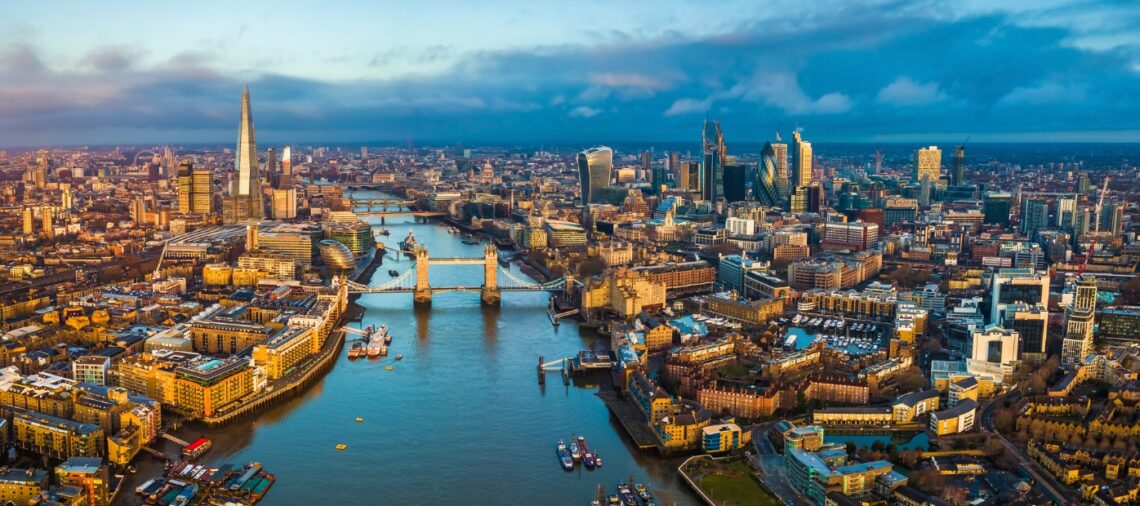London, the bustling metropolis known for its iconic landmarks, holds a treasure trove of hidden architectural wonders. Beyond the well-trodden tourist trails, secret architectural marvels and lesser-known buildings await discovery, offering a glimpse into London’s best-kept architectural secrets. From ancient structures telling tales of the city’s history to undiscovered modern marvels, these hidden gems of London architecture are waiting to be uncovered by intrepid explorers.
By venturing off the beaten path, visitors can uncover the city’s lesser-explored architectural gems, uncovering London’s hidden architectural treasures. Each discovery reveals a new layer of London’s architectural heritage. Delve into the city’s intricate tapestry and be captivated by the undiscovered architectural marvels beyond the familiar landmarks. London architecture is rich and diverse, and by exploring its hidden wonders, you’ll gain a deeper appreciation for the city’s architectural prowess. And here is what you can do in London with kids, in a five-day itinerary.
The Clock and Giants of St Dunstan-in-the-West
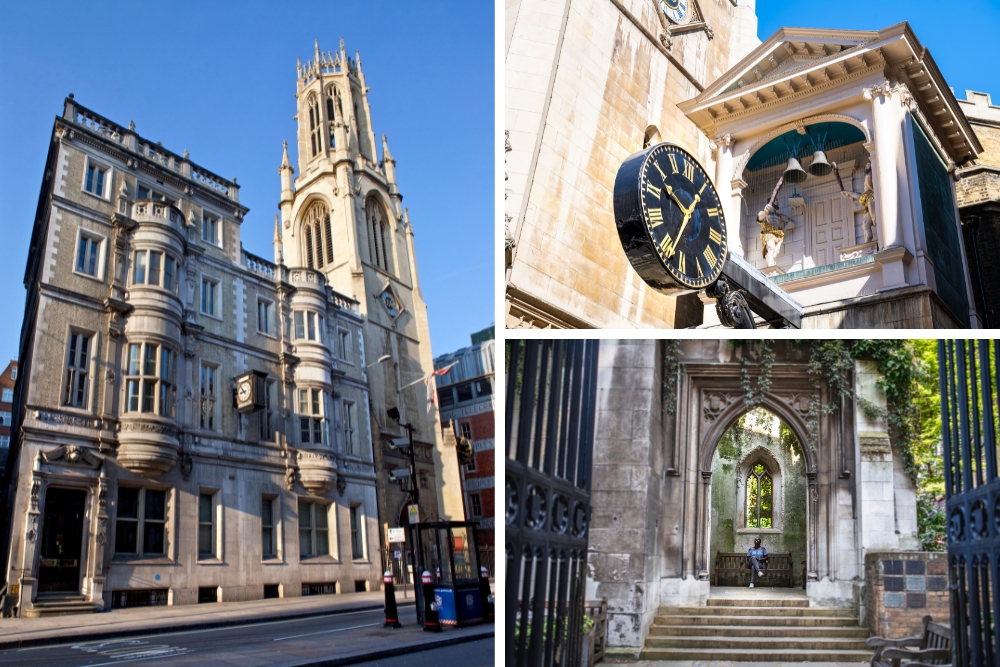
St Dunstan-in-the-West is home to a unique hidden architectural wonder – the Clock and Giants. This historic church has stood on the site for over a thousand years, and the clock, with its two giant figures, has become a celebrated symbol of resilience and survival. The figures, crafted by local clock-maker John Harrys, strike the hours and quarters on the bells with their cudgels, creating a captivating spectacle. The clock and giants were installed in 1671 to commemorate the church’s survival of the Great Fire of London. Today, this hidden gem amazes visitors with its intricate design and historical significance.
Experience St Dunstan-in-the-West’s enchantment and historic charm as you witness the Clock and Giants in action. Step back in time and marvel at this secret architectural marvel, a testament to the enduring spirit of London’s lesser-known buildings. The Clock and Giants of St Dunstan-in-the-West will leave you in awe of the hidden gems of London architecture.
| Giant Figure | Significance |
|---|---|
| The Giant with the Club | Symbolizes the passing hour |
| The Giant with the Serpent | Represents the quarter-hour |
Hidden Treasures of Lambeth Fire Station
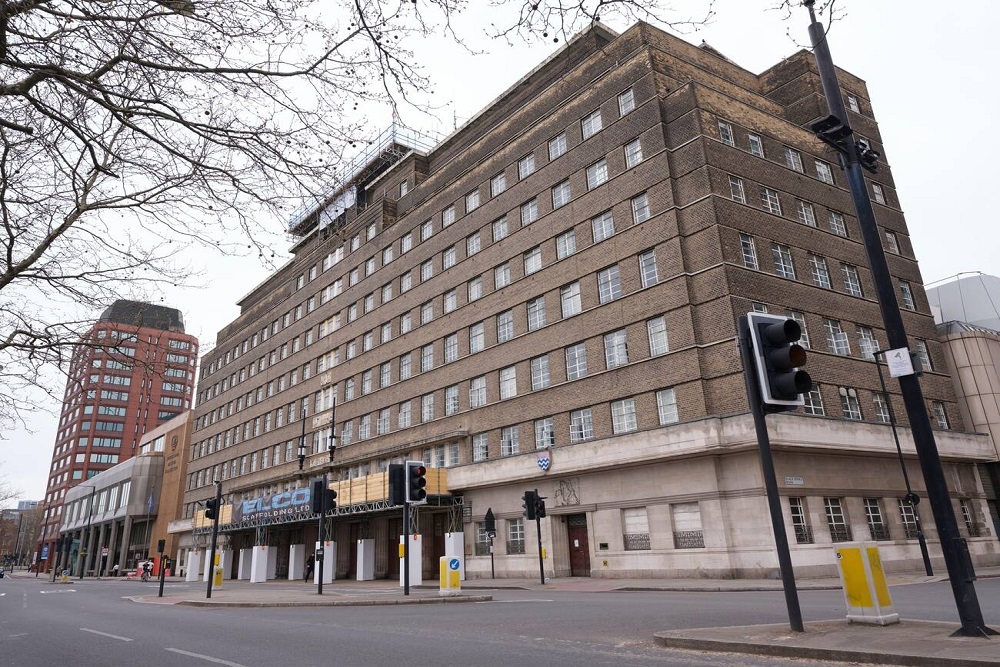
Lambeth Fire Station is a hidden architectural gem tucked away in the bustling city of London. Built in 1937 by the esteemed London County Council, this unique structure showcases the principles of modern functionalist design. The station, designed by their in-house architect, EP Wheeler, was meticulously crafted to house fire appliances, administrative offices, and the living quarters of the heroic firemen who bravely serve the community.
The building’s striking exterior features a severe geometry that catches the eye, while its true beauty lies in the intricate stone reliefs that adorn its walls. Created by renowned sculptor Stanley Nicholson Babb, these graphic carvings depict firemen in action, capturing their bravery and dedication. These details add elegance and artistic expression to the otherwise functional structure, making Lambeth Fire Station a hidden gem among London’s architectural wonders.
While Lambeth Fire Station may not be as well-known as some of the city’s iconic landmarks, it is a testament to the blending of functionality and artistic design. This lesser-known architectural marvel deserves recognition for its contribution to London’s architectural heritage and its unique glimpse into the city’s firefighting history.
Following Archbishop Thomas a Becket’s Legacy
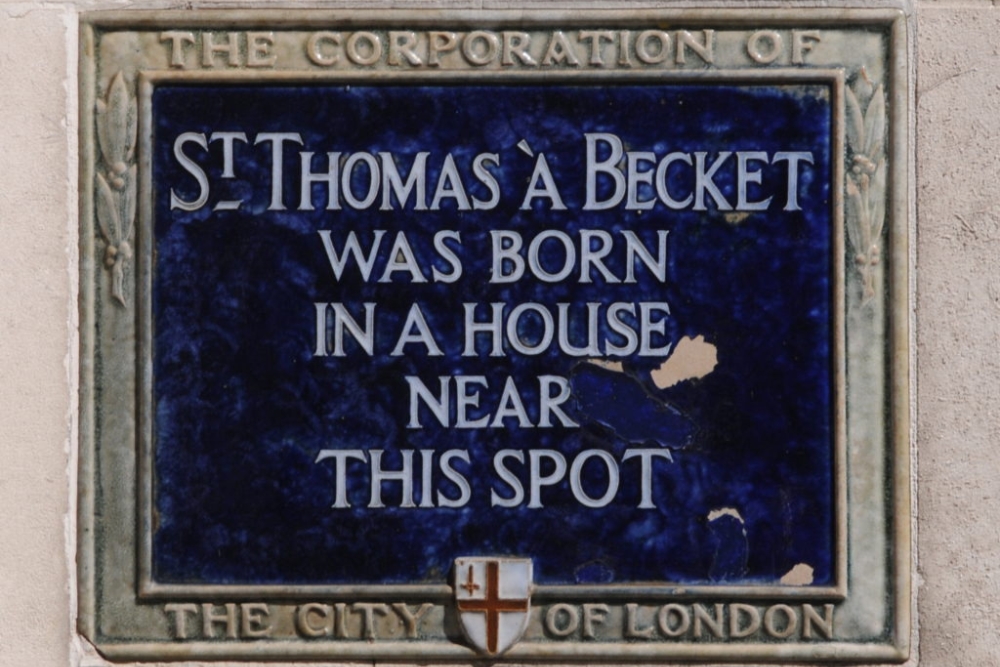
Archbishop Thomas a Becket played a significant role in London’s history during the 12th century, leaving behind a legacy memorialized through various architectural elements in the city. One of these hidden gems can be found in a wall plaque on the corner of Cheapside and Ironmonger Lane. This plaque serves as a reminder of Becket’s birthplace and his immense impact on London’s religious and political landscape.
The wall plaque is inspired by medieval pilgrims’ badges, paying homage to the martyr and saint Becket. Through his unwavering dedication to standing up for the rights and privileges of the church, Becket became an influential figure in London’s history. This lesser-known architectural wonder highlights Becket’s significance and provides visitors with a deeper understanding of London’s historical tapestry.
Britannic House: Lutyen’s Hidden Art Deco Gem
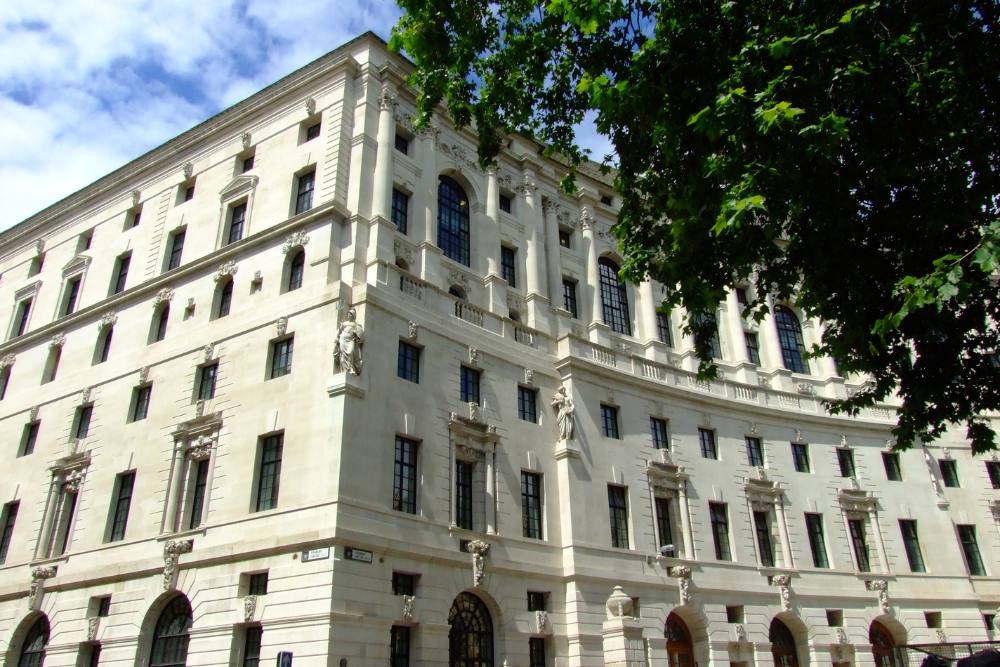
Britannic House, designed by renowned architect Edwin Lutyens, is a hidden art deco gem that stands as a testament to the British imperial origins of the oil industry. This elegant building was completed in 1925 for the Anglo-Persian Oil Company (now BP) and showcases Lutyens’ architectural brilliance. The façade features a figure of a Persian scarf dancer sculpted by Francis Derwent Wood and other captivating sculptures representing mother and baby figures and a water carrier. These artistic elements highlight the connection between the oil industry and its Persian origins. Britannic House is a lesser-known architectural wonder that deserves recognition for its historical and artistic significance.
Unraveling the History of the Great Fire at Pye Corner
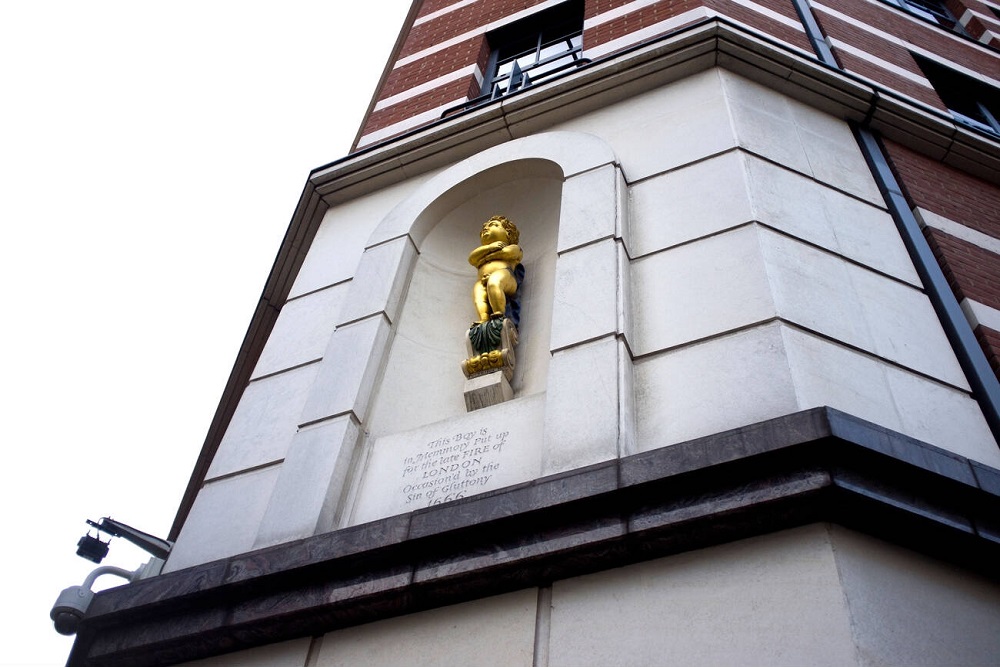
Pye Corner is significant in London’s history as the spot where the devastating Great Fire of London ended. To commemorate this historic event, a carved and painted figure known as the Golden Boy was placed at the junction of Giltspur Street and Cock Lane. The late 17th-century figure, formerly attached to the front of a pub called The Fortune of War, represents the sin of gluttony, which was believed by some to be the cause of the fire. The Golden Boy is a fascinating hidden architectural wonder that invites visitors to reflect on London’s past and the impact of this catastrophic event.
Details of the National Provincial Bank’s Heritage
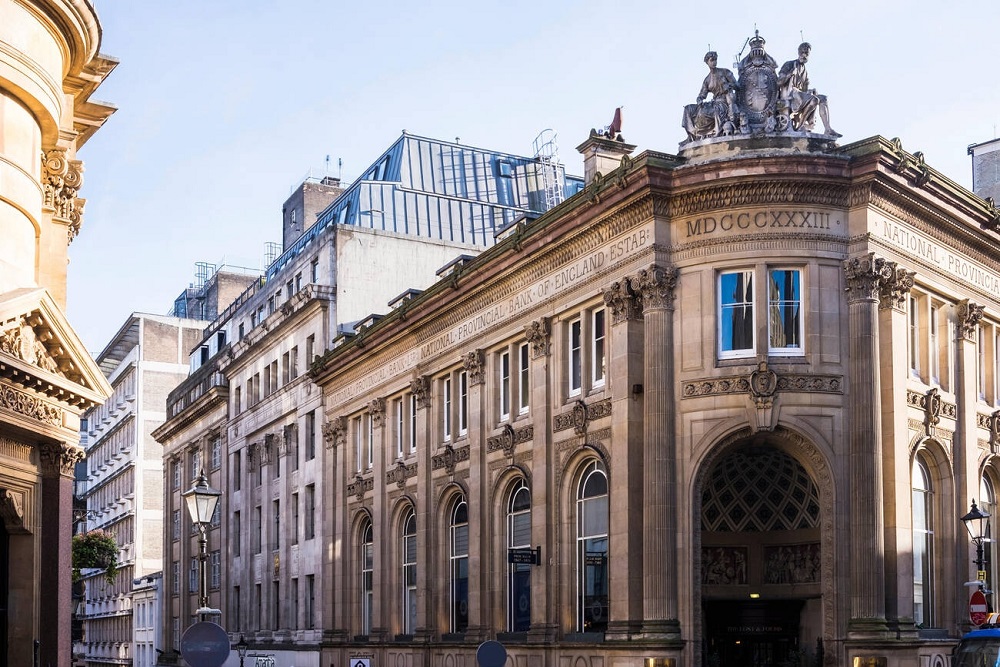
The former National Provincial Bank, located in Bishopsgate, is a stunning architectural marvel that demonstrates the grandeur of Victorian banking. Designed in 1862 by the prolific bank architect John Gibson, this elaborately embellished bank features stone relief panels created by the Pre-Raphaelite sculptor John Hancock. The panels depict industrial aspects of the British economy, including mining, shipbuilding, arts, commerce, science, manufacturing, agriculture, and navigation. The roof sculptures represent the British cities that the bank traded with. The National Provincial Bank is a lesser-known architectural wonder that highlights London’s economic and artistic heritage.
Lesser-Known Architectural Wonders Hidden in London’s Streets
In addition to the specific hidden architectural wonders discussed above, London’s streets are filled with lesser-known architectural gems waiting to be discovered. From the oldest house in the City of London on Cloth Fair to the Roman remains scattered throughout the city, countless hidden architectural treasures await exploration. Other notable examples include Alderman’s Walk, Aldgate Pump, Blackwall Point, Britain’s Smallest Police Station, Cockpit Steps, Coldharbour, Cross Bones Graveyard, and many more. These lesser-known architectural wonders are scattered throughout the city, allowing visitors to uncover London’s hidden architectural gems at every turn.
Conclusion
London is a city full of hidden architectural wonders that often go unnoticed amidst the bustling landmarks. While iconic structures like the London Eye and Buckingham Palace capture attention, lesser-known buildings that hold secrets of its rich architectural history are scattered throughout the city. These hidden architectural treasures provide a unique perspective on London’s past and present, from majestic churches and modern fire stations to elegant art deco gems and symbolic sculptures.
Visitors can uncover London’s best-kept architectural secrets by exploring beyond the well-trodden paths. These hidden gems offer a deeper understanding and appreciation of the city’s diverse architectural heritage. Step inside historic churches like St Dunstan-in-the-West, where the magnificent Clock and Giants proudly symbolize resilience and survival. Marvel at the modernist design of Lambeth Fire Station, where functionality meets artistic expression in perfect harmony.
Pay homage to Archbishop Thomas a Becket at the plaque marking his birthplace if you want a deeper connection to London’s historical tapestry. Delve into the oil industry’s British imperial origins at Britannic House, where Edwin Lutyens’ architecture and Francis Derwent Wood’s sculptures create a fascinating Art Deco masterpiece. Reflect on the impact of the Great Fire of London at Pye Corner, where the Golden Boy figure stands as a reminder of the city’s past tragedies.
London’s hidden architectural wonders are waiting to be discovered by those who seek a different side of the city. Whether exploring the streets of London and stumbling upon the oldest house in the City of London or unearthing Roman remains, countless hidden gems are found at every turn. Visitors can witness firsthand the lesser-known buildings and structures that contribute to London’s architectural legacy by venturing off the beaten path. These secret marvels ensure that London’s architectural heritage remains a captivating sight for all.

